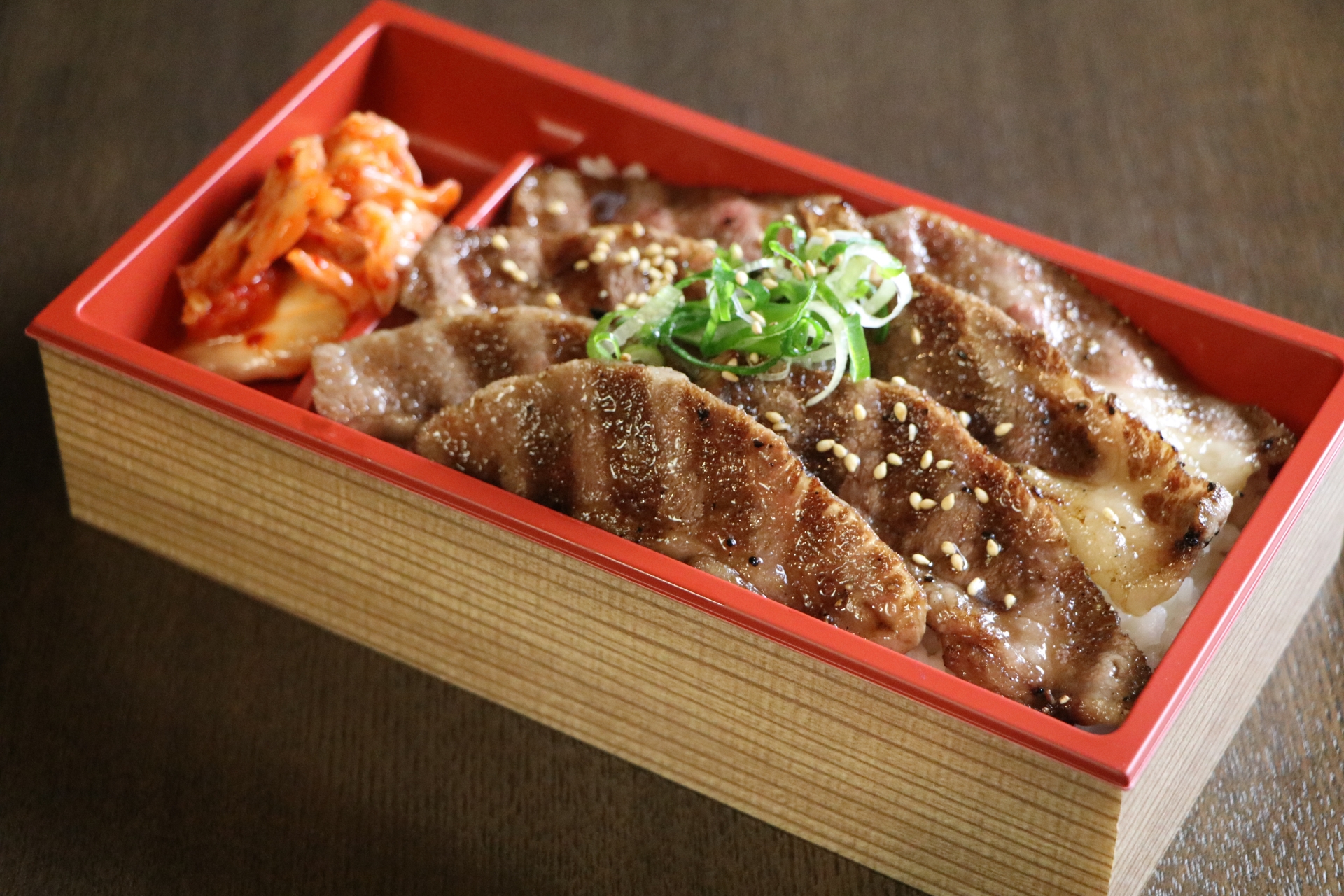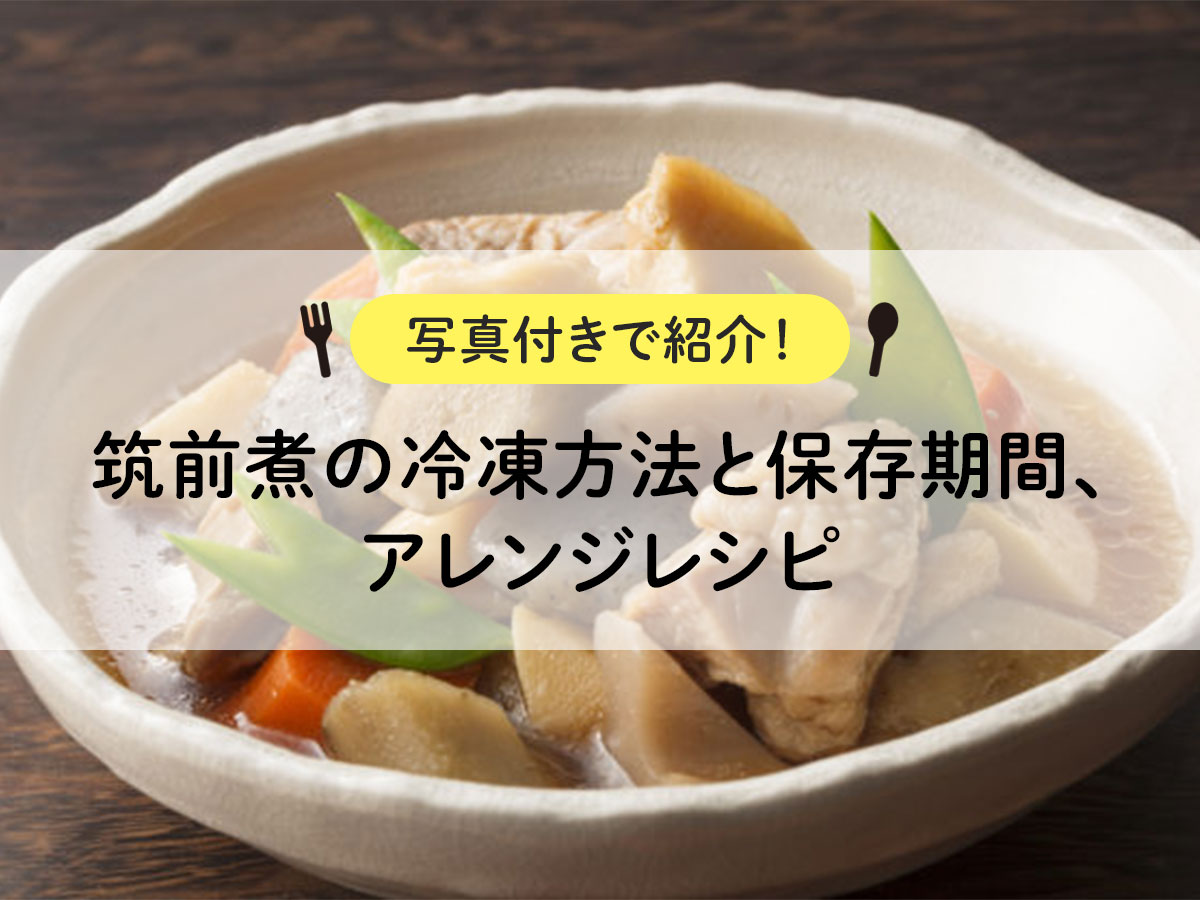How to use frozen side dishes that are delicious and waste-free?
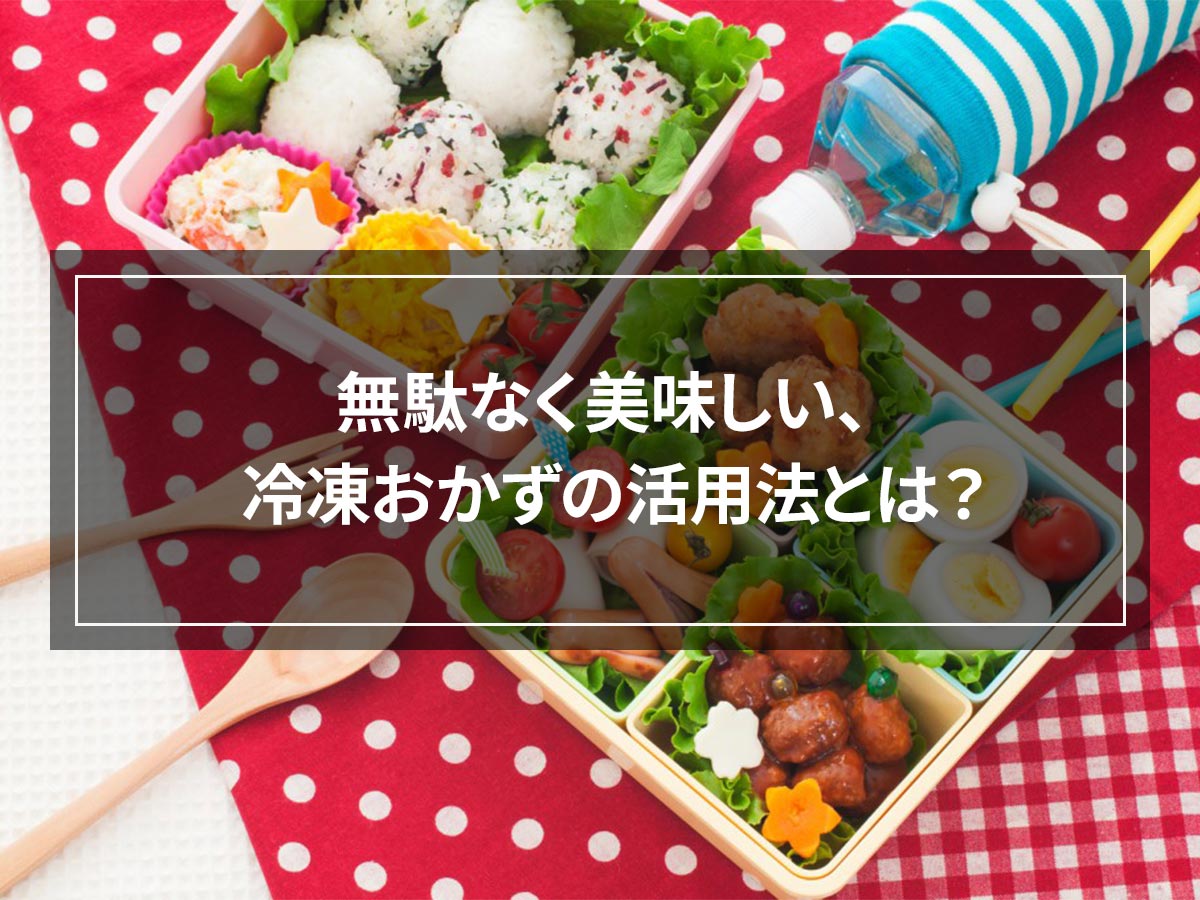
Many people feel that preparing meals every day is a challenge.
By using frozen side dishes, you can reduce your daily burden a little. Frozen side dishes are very convenient when you don't have time or want one more item.
Frozen side dishes are versatile when making bento boxes or expanding your menu repertoire.
目次
Benefits of frozen side dishes that are perfect for lunch boxes
Perhaps the best use for frozen side dishes is as lunch boxes.
Mornings are busy and it's hard to get ready. On the other hand, eating out or buying lunch can lead to poor nutrition and cost money.
Frozen side dishes can be simply thawed and packed into a bento box, so there is no need to think about what to make. It doesn't take much time or effort, so it's very convenient even when you oversleep.
By making and storing food in bulk on your days off or when you have time, you can reduce cooking costs and save money. If you don't want to go through the trouble of making it, just make a large amount of it when making regular meals or freeze it to make a side dish.
Basically, as long as the food is cooked, you can enjoy it even if it is frozen by simply heating it up.
You can make good use of leftover boiled or stir-fried foods without having to force yourself to eat them or throw them away.
Make good use of frozen side dishes
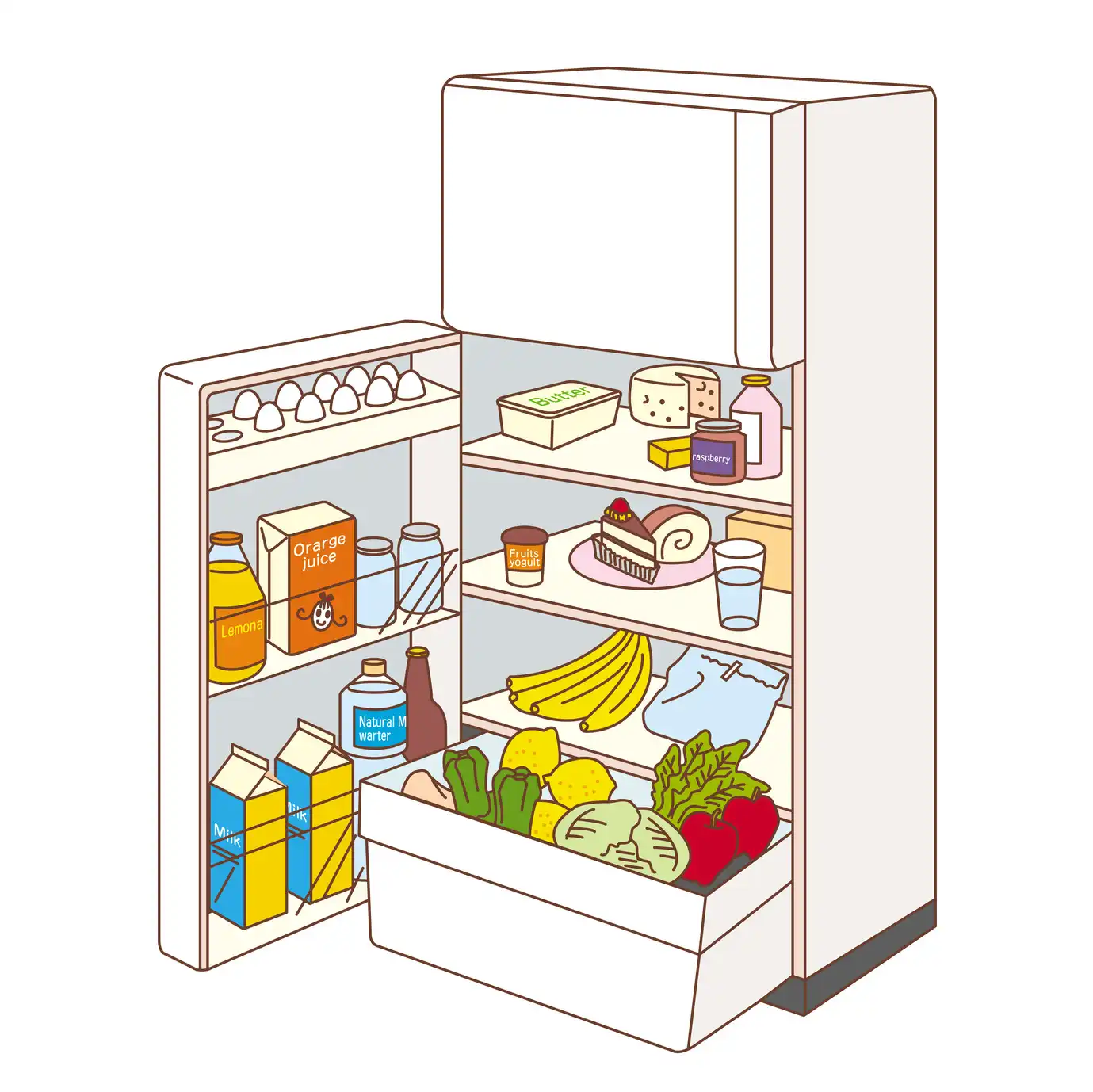
However, not everything can be frozen.
There are foods that are suitable for freezing and foods that are not suitable for freezing, and whether or not they can be frozen depends on how they are prepared and cooked.
What kinds of foods are suitable and not suitable for freezing?
Meat and fish are suitable for freezing. You can also freeze raw mochimon and cooked side dishes such as stir-fried and deep-fried foods. By freezing individual servings of meat and fish, you can use the amount you need when you need it.
Foods that are not suitable for freezing include konnyaku, tofu, and bamboo shoots. It cannot be frozen because when it thaws, the water loses and it becomes mushy and loses its texture. When it comes to eggs, boiled eggs lose their texture when frozen, but well-cooked tamagoyaki can be frozen.
Generally, raw vegetables are not suitable for freezing. In particular, vegetables with a high water content such as lettuce and cucumbers lose their original texture when frozen.
However, many vegetables can be frozen by pre-processing them.
For example, cut broccoli into small pieces and boil them in salt. Pour into a colander and let cool, then drain to avoid frost and store in a freezer bag. You can defrost it and use it as is in salads or as an ingredient in stir-fries and stews.
Vegetables such as greens, asparagus, and spinach can also be boiled in salt and frozen. Even if you cook it with seasoning, you can freeze it and eat it deliciously as long as you cook it.
Root vegetables such as potatoes, radishes, and yams are not suitable for freezing because they lose moisture when thawed.
However, by grinding it to make the fibers finer, you can eat it without worrying about the texture even if it is frozen. Potatoes can be boiled and mashed to make potato salad or croquettes, daikon radish can be eaten as grated radish, and yams can be added to yam or okonomiyaki.
Mushrooms can be frozen raw with the stones removed. It is said that the flavor of many mushrooms increases when frozen, and the flavor of shiitake mushrooms and nameko mushrooms in particular increases significantly when frozen.
Sauces such as white sauce and tomato sauce can also be frozen, so you can save them and use them with pasta sauce, sautéed meat, or fish.
There are many foods that can be frozen by preparing and cooking them in this way, so you can eliminate waste and use them effectively.
How to preserve the taste
Even if food can be frozen, it will not be delicious to eat after thawing unless it is stored properly. How should I freeze it to preserve its deliciousness?
Basically, divide it into small portions and freeze it. Defrosting and refreezing may reduce the flavor, so make sure to thaw only the amount you will use.
To prevent freezer burn and frost, wrap tightly in plastic wrap to minimize the area exposed to air. Wrapping cooked food in plastic wrap immediately will prevent it from drying out.
However, if you put it in the freezer while it's still hot, the temperature inside will rise, so make sure to let it cool down sufficiently before freezing.
Cool food as quickly as possible. You can freeze food faster by setting the freezer temperature to high and flattening the food and placing it on a metal tray or ice pack. Also, by packing the food in the freezer without any gaps, the food acts as a cold insulator.
In this way, by properly freezing food, the taste after thawing changes dramatically.
However, it cannot be stored for long periods of time. If stored for a long time, the taste will deteriorate, so it is best to eat it within 2 to 3 weeks.
Delicious recipes for frozen side dishes
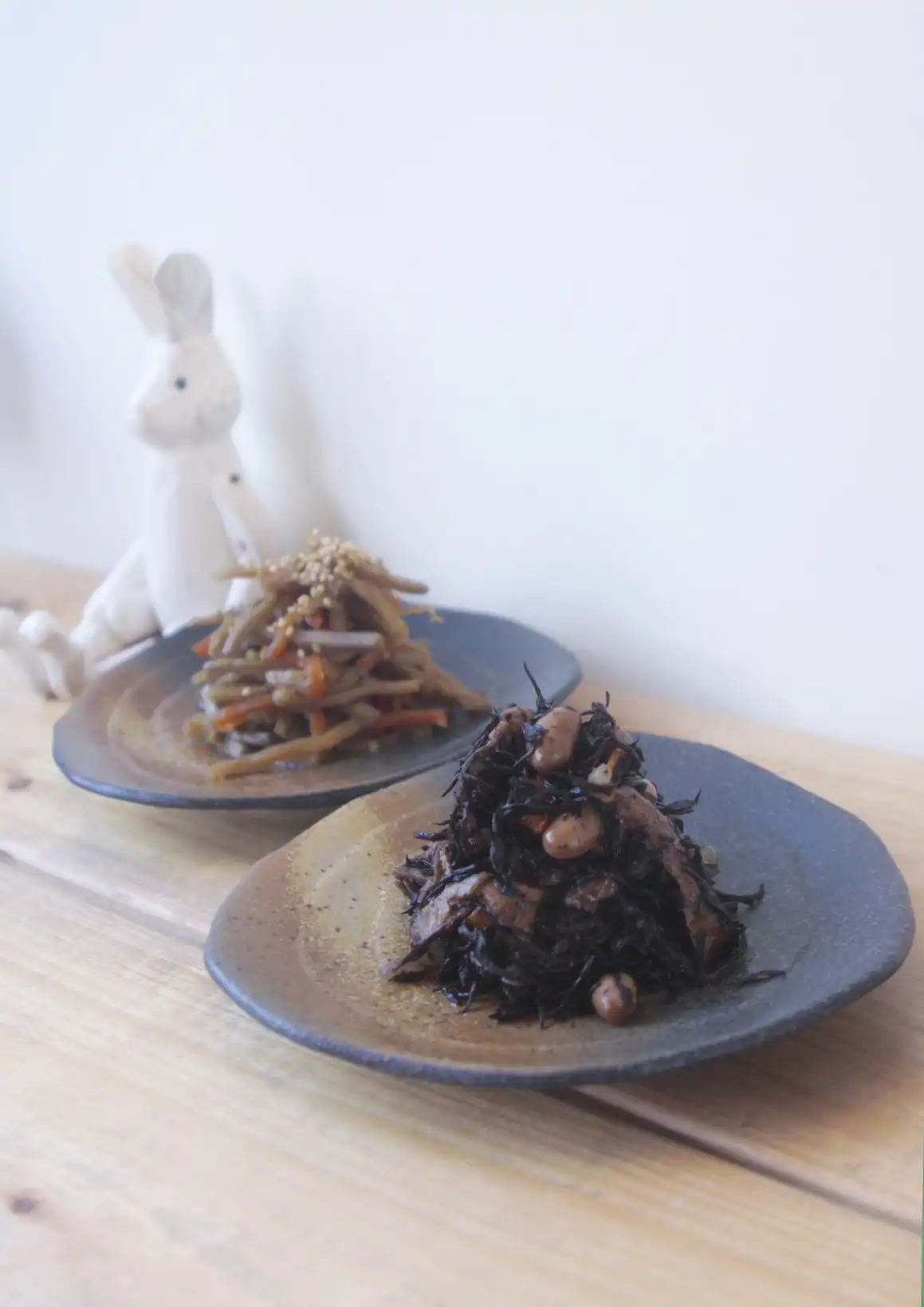
Popular frozen side dishes include simmered dishes, seasoned dishes, hamburgers, stir-fried dishes such as ginger-grilled dishes, and fried dishes such as fried chicken and croquettes. I would like to introduce some easy and delicious side dishes that can be frozen.
How to make Neapolitan spaghetti
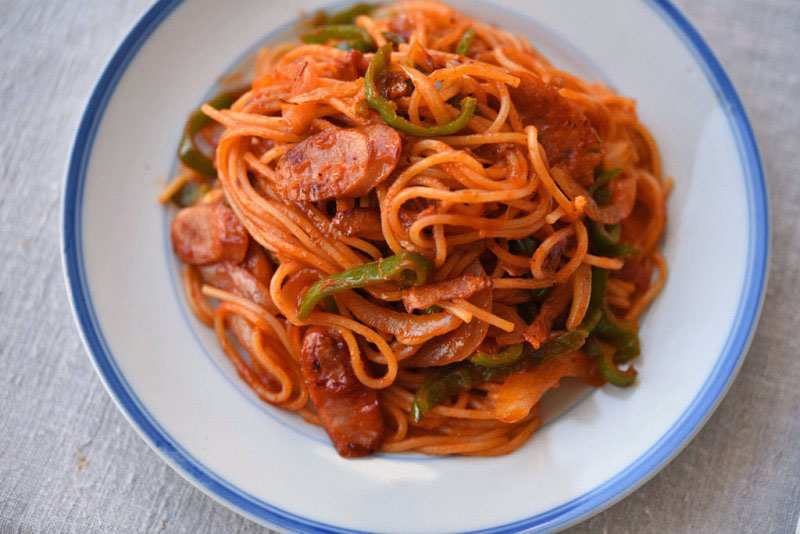
Source: https://www.sirogohan.com/recipe/naporitan/
☑材料
・ウィンナー
・玉ねぎ
・スパゲティ
・ケチャップ
Boil the spaghetti. Add olive oil to a hot frying pan and fry the finely chopped onions and sausages. Season with salt and pepper, and when it is completely cooked, add the spaghetti and season with ketchup. If you season it a little strong, it will be delicious when thawed.
How to make Kinpira Burdock
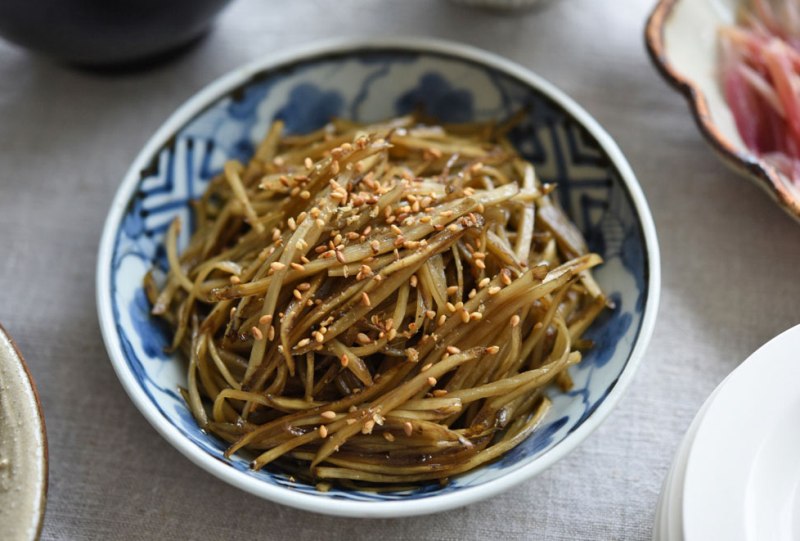
Source: https://www.sirogohan.com/recipe/kinpira/
☑材料
・ごぼう
・ニンジン
Grind the burdock root and carrot into bamboo shoots (or shred them) and soak the burdock root in water to remove the scum. Heat oil in a frying pan and fry the burdock and carrots. When the fire goes through, add sugar, soy sauce, and mirin and mix to complete. If you like, add sesame seeds to improve the flavor.
How to make hijiki stew
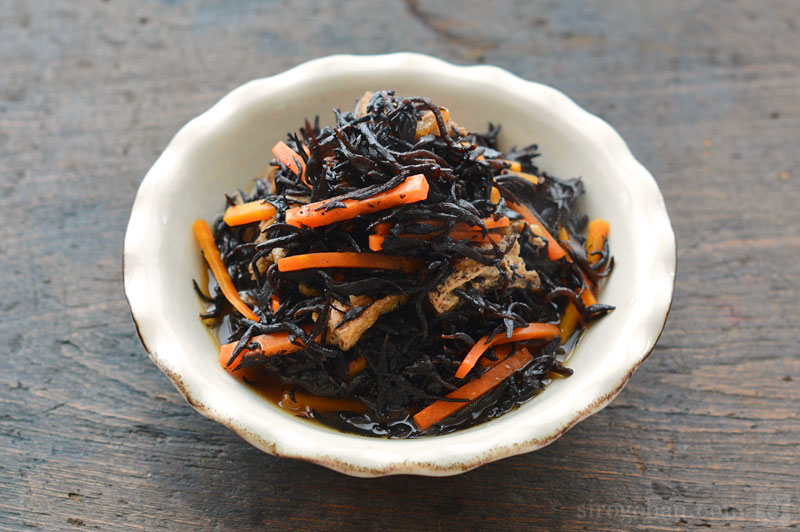
Source: https://www.sirogohan.com/recipe/hijiki/
☑材料
・芽ひじき
・ニンジン
・油揚げ
Soak the hijiki sprouts in plenty of water. Heat sesame oil in a pot and stir-fry the rehydrated hijiki sprouts and shredded carrots. Once the carrots are cooked, add the dashi stock, and when it comes to a boil, add seasonings such as sugar, soy sauce, and sake, as well as the fried tofu, and evaporate the water. If you like, you can add green beans etc. to make the color more beautiful.
Boiled hijiki can be used in a variety of dishes. It's delicious when used as an ingredient in fried eggs, fried rice, or cooked rice. It can also be used as an ingredient in Japanese-style hamburger steaks by mixing it with ground chicken, tofu, and breadcrumbs.
You can also make croquettes by mixing them with mashed potatoes, breading them, and frying them.
How to make minced meat
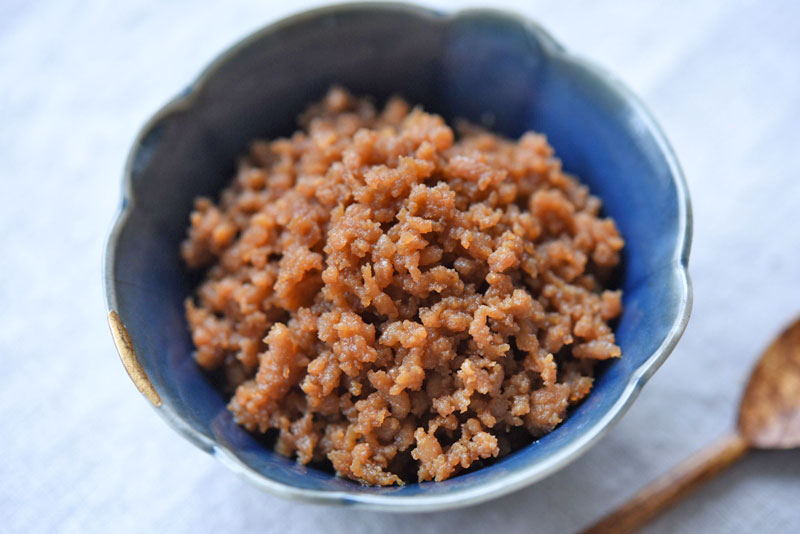
Source: https://www.sirogohan.com/recipe/torisoboro/
☑材料
・ひき肉
Heat a small amount of oil in a frying pan and fry the minced meat. Once heated, add sugar, soy sauce, sake, and grated ginger and mix well. Stir-fry until the water evaporates and it's done. Minced meat can be made deliciously with either chicken or ground meat.
When minced meat is placed on top of rice or noodles, it becomes the main side dish for dishes such as minced meat bowls and jaja noodles. You can enjoy a different taste by adding it to fried eggs or omelettes, and it is also delicious when stir-fried with vegetables.
Minced meat is very useful as it can be used as an ingredient in meat sauce or dry curry.
There are many frozen side dishes that are easy to make. In addition, when used properly, you can expand your variety and be useful when planning menus.
Conclusion
Freezing food allows you to use it effectively, and if you prepare and cook food, you can use it immediately when you need it.
By using frozen side dishes, you can make delicious dishes in a short time, so why not use them to prepare your daily meals?








![[Storage period increased by 30 times! ] Achieving a stable supply of raw whitebait!](https://shunkashutou.com/wp-content/uploads/2016/11/579c55e6d32e1385c250e8e7c3ed59a71.jpg)
![[Sales increased 100 times! ] rapid freezing the signature menu “Ni-katsu sandwich”!](https://shunkashutou.com/wp-content/uploads/2016/11/IMG_02391.jpg)
![[Horse sashimi] We have significantly reduced waste loss with rapid freezer!](https://shunkashutou.com/wp-content/uploads/2016/11/5fda59d0cbcdabde18e58c3c58c09ed0.jpg)




![[Storage period increased from 3 days to half a year! ] Restaurants are expanding their business using wholesale and mail order!](https://shunkashutou.com/wp-content/uploads/2018/04/66c19942ab4ba346fdb64ccc04cde373.png)
![[Reduce loss from 200 kg of oysters to zero] Improve loss and expand business with rapid freezer](https://shunkashutou.com/wp-content/uploads/2018/06/19785ca583a8d3c4041c7c192d041b0d.jpg)














![[Delicious frozen foods] How to use them in lunch boxes, dinners, and snacks](https://shunkashutou.com/wp-content/uploads/2023/08/frozen-food-1024x683-1.jpg)
![[Osechi remake dishes too! ] Introducing the method and recipe for freezing black beans](https://shunkashutou.com/wp-content/uploads/2023/09/9bcd5b0667eef32b7c7daf786e01172f.jpg)
![[Introducing tricks and time-saving techniques! ] How to freeze ginger-yaki, carefully selected recipes](https://shunkashutou.com/wp-content/uploads/2023/10/ef145c31655c5774469e05b5e892207b.jpg)
![[Explanation with photos! ] How to freeze butter, storage period, and 5 recipes](https://shunkashutou.com/wp-content/uploads/2023/08/4e4d4fde2efeae3d997d4356f1cc75c1.jpg)
![[With photos] Lemon freezing and storage period, recipes for how to use frozen lemons](https://shunkashutou.com/wp-content/uploads/2023/09/21a01b705aff194717e200bf6dc6ce5b.jpg)
![[Can it be frozen? ] Introducing how to freeze kamaboko and how to remake it](https://shunkashutou.com/wp-content/uploads/2023/09/6d2830823df2896a1601685353b0fdf5.jpg)
![Freezing garlic, storage period, and 5 recipes! [Explanation with photos! ]](https://shunkashutou.com/wp-content/uploads/2023/10/30693b4b122ff6c57afff367b35bc861.jpg)
![Introducing how to freeze fried chicken and a delicious recipe [Explaining tricks and techniques]](https://shunkashutou.com/wp-content/uploads/2023/09/2d15a108b8d7de5b4811f69c9bc8b8f1.jpg)
![[Convenient for lunch boxes! ] How to freeze fried noodles and 5 different recipes](https://shunkashutou.com/wp-content/uploads/2023/10/yakisoba-768x512-1.jpg)
![How to freeze/thaw turnips, storage period, and 5 recipes [Explanation with photos]](https://shunkashutou.com/wp-content/uploads/2023/09/eae0789d04cc4971cf4232963b4d2231-1.jpg)
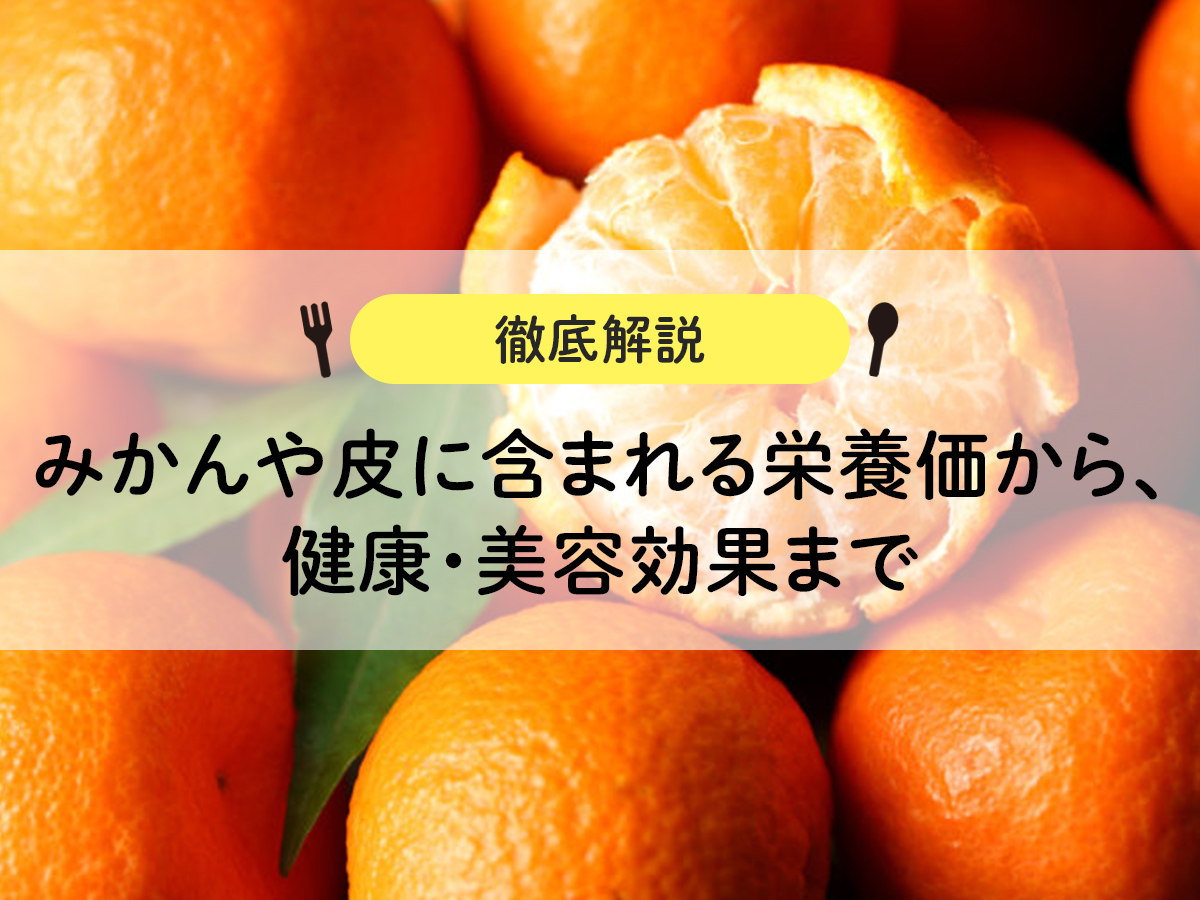
![Introducing recipes and methods for freezing and thawing bananas [Explanation with photos! ]](https://shunkashutou.com/wp-content/uploads/2023/07/494e7567627fb35e47ee5cb0e06e142c.jpg)

![[Explanation with photos! ] How to freeze hijiki and its storage period, 5 recipes!](https://shunkashutou.com/wp-content/uploads/2023/09/ff6bdc527dd066b7d725a48161d7925d.jpg)
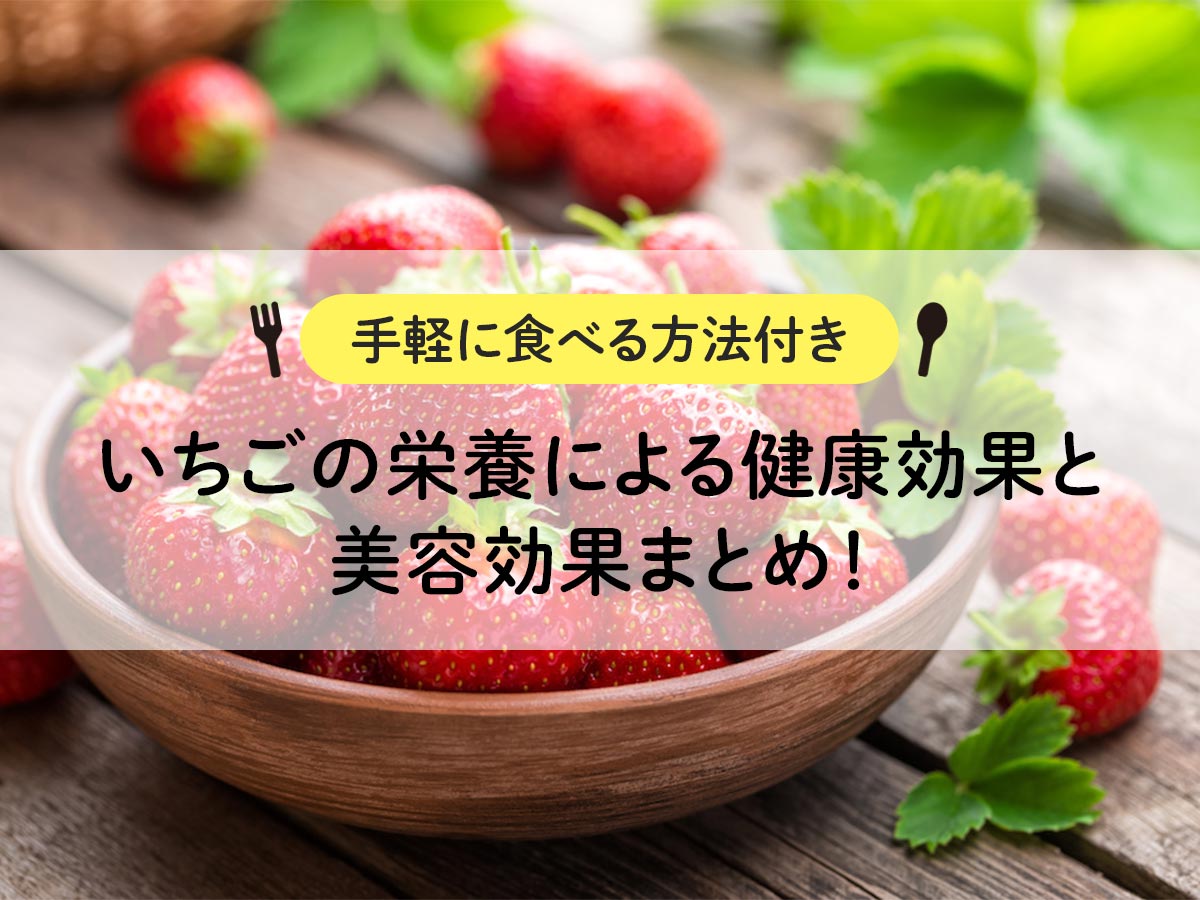
![How to freeze mushroom mushrooms, storage period, and 5 recipes! [Explanation with photos! ]](https://shunkashutou.com/wp-content/uploads/2023/09/4b6ffe2ef040e90085b4ee4f0c3e72a9.jpg)
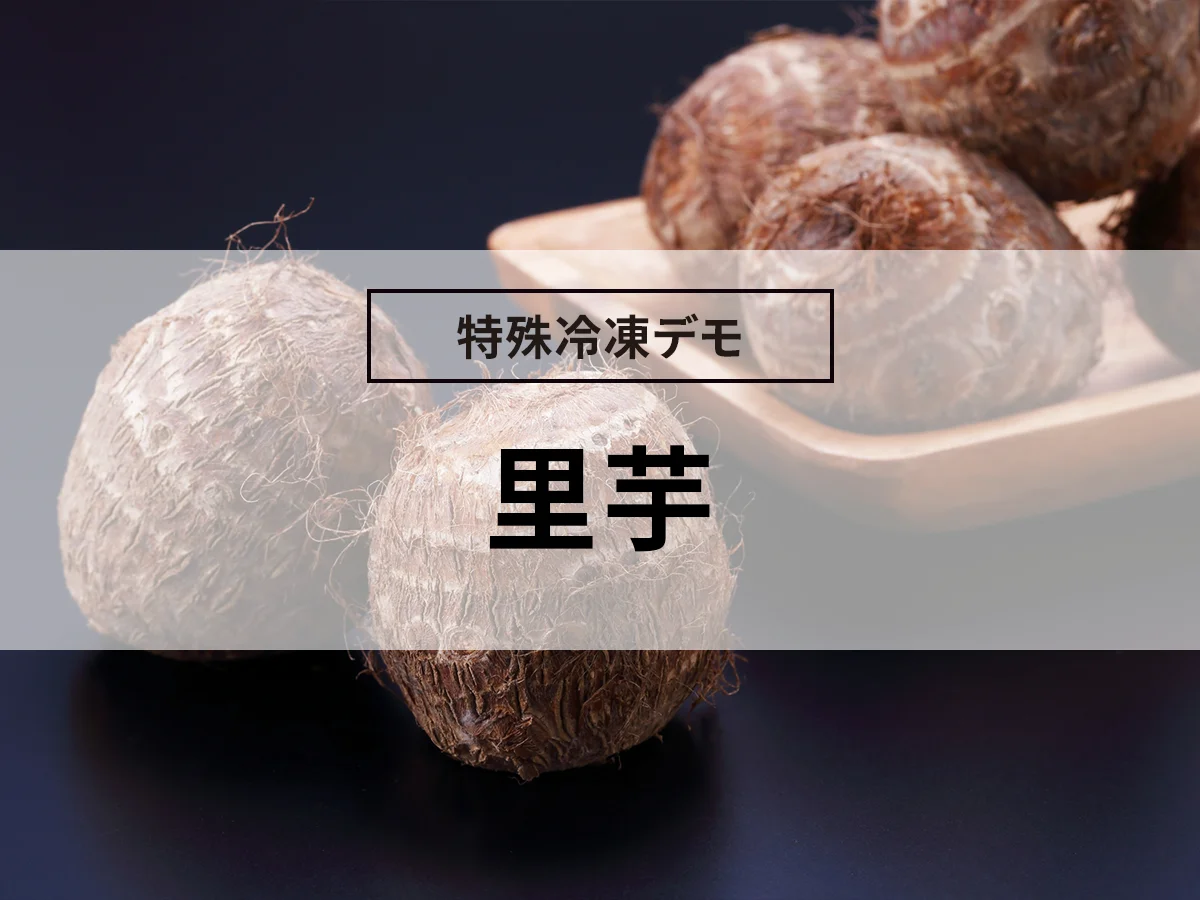
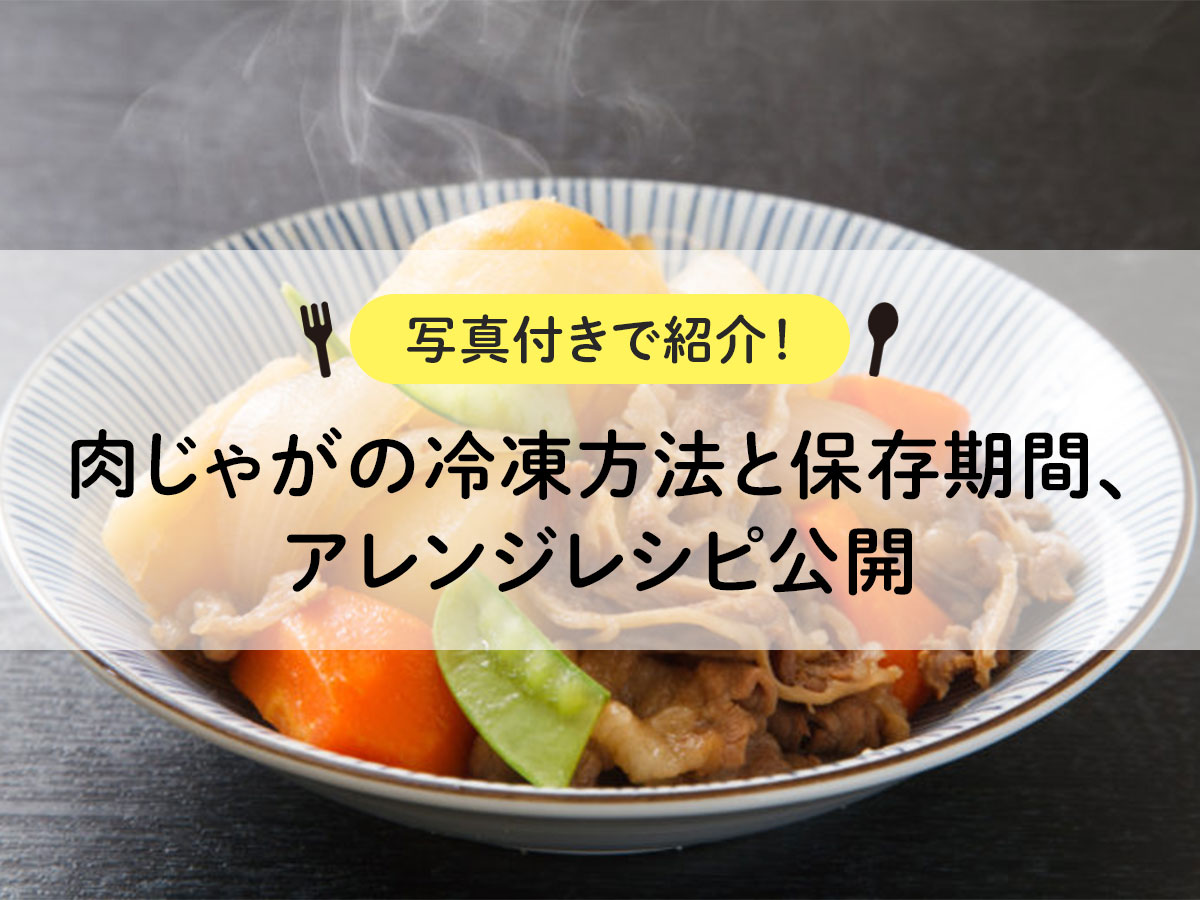
![[Explanation with photos! ] How to freeze and fry croquettes, 5 carefully selected recipes](https://shunkashutou.com/wp-content/uploads/2023/09/b364ee97a71777f9dd2e35fddbbdda72.jpg)
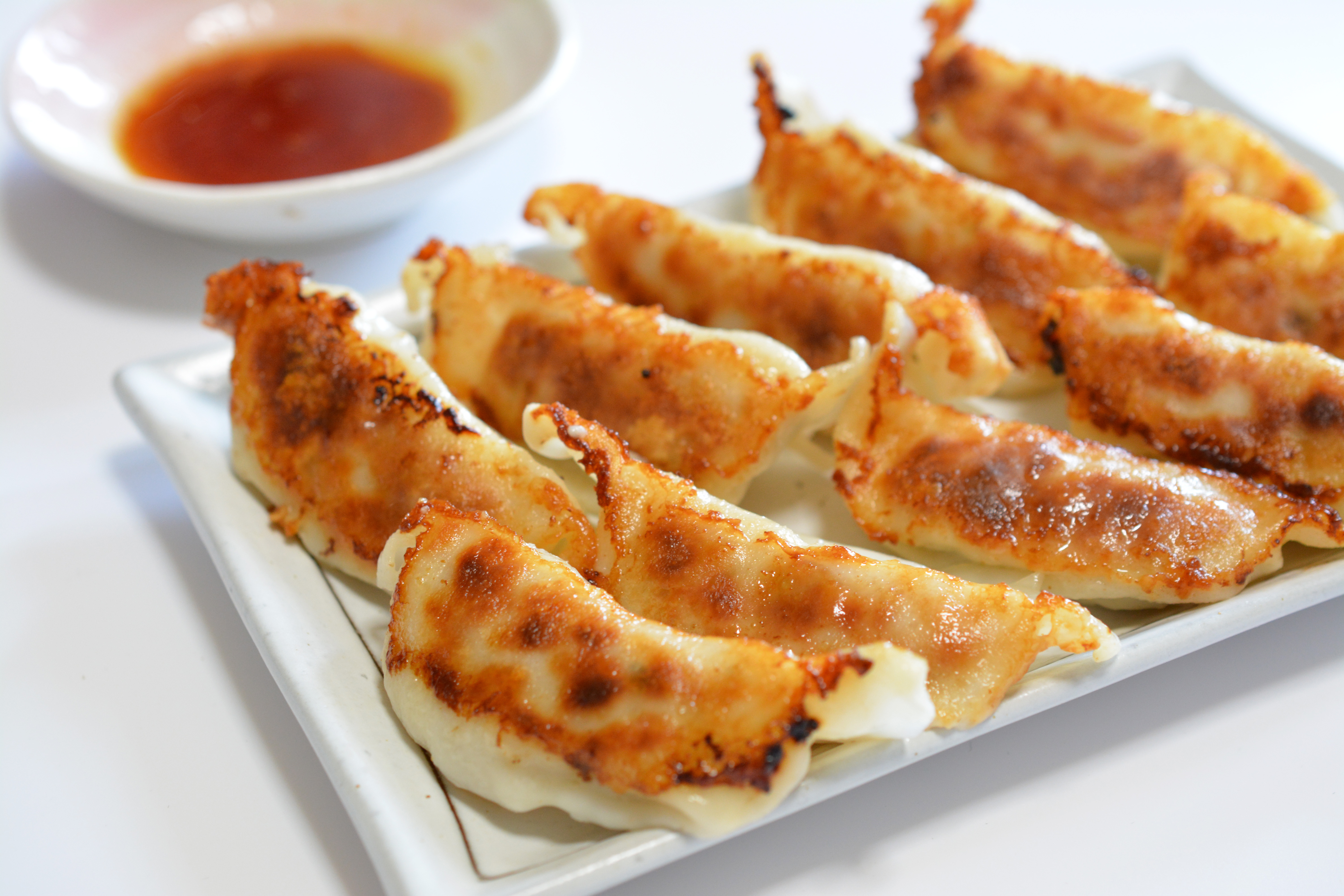

![[Can it be frozen? ] How to freeze mashed potatoes, how long they can be stored, and how to use them](https://shunkashutou.com/wp-content/uploads/2023/09/b7f3f25102051473b7c2f9452840a6f4.jpg)
![[How long does it last? ] How to freeze cooked rice and how long it can be stored](https://shunkashutou.com/wp-content/uploads/2023/10/7e31499b015d58f220536e3274a41bf2.jpg)
![[Can it be frozen? ] Mentaiko frozen storage, expiration date, and carefully selected recipes!](https://shunkashutou.com/wp-content/uploads/2023/09/618266af112a78579edd3bff41c2a804.jpg)
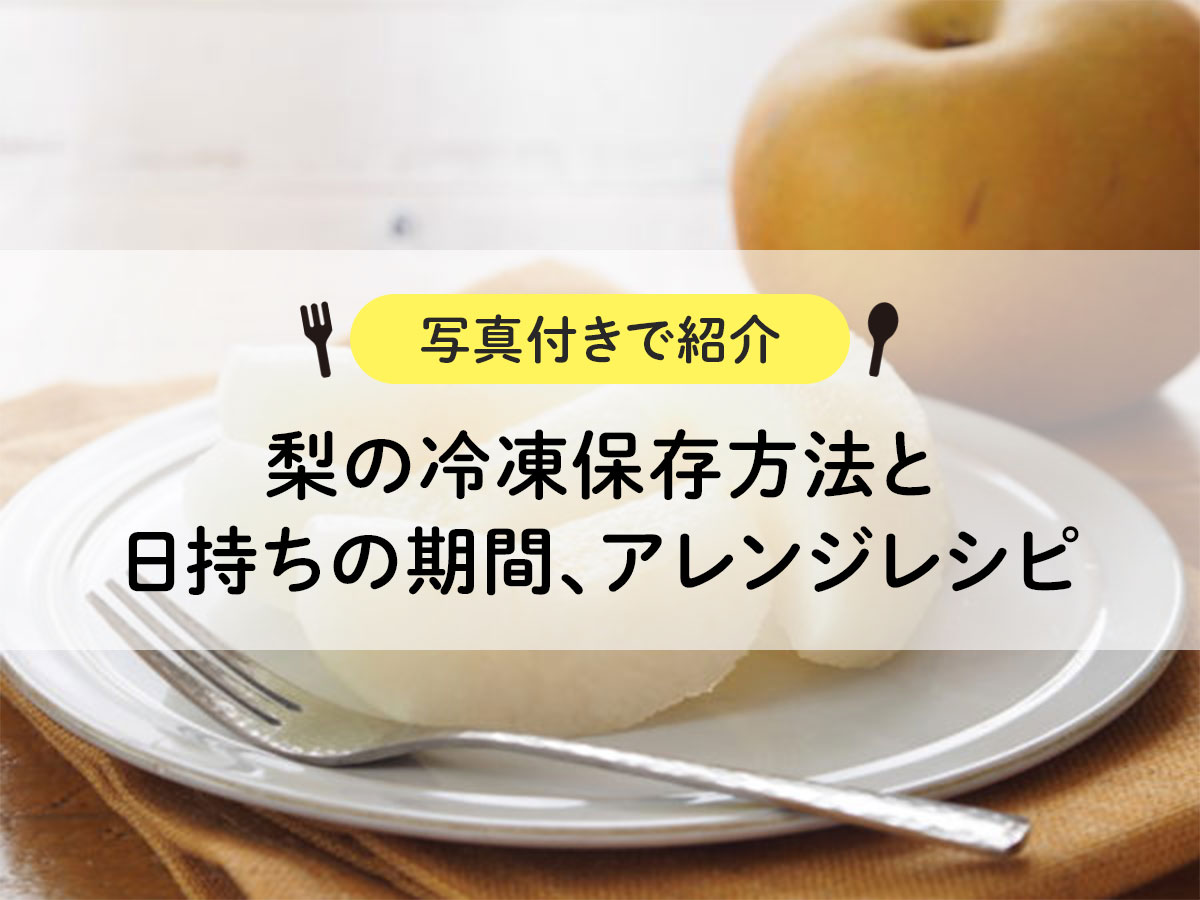
![Introducing recipes for freezing and thawing edamame beans [Explanation with photos! ]](https://shunkashutou.com/wp-content/uploads/2023/08/3b6c4c973e0581c14b4460fa13d99a0e.jpg)
![[Recommended for making lunch boxes! ] Delicious ways to use frozen foods](https://shunkashutou.com/wp-content/uploads/2023/09/m-frozen-food-bento_eyecatch.jpg)
![[Need to know] 7 points to thaw frozen crab deliciously](https://shunkashutou.com/wp-content/uploads/2023/08/394440560c05fb5b512d75b81a3fae4f.jpg)
![How to freeze rice balls, storage period, and arranged recipes [use leftover rice]](https://shunkashutou.com/wp-content/uploads/2023/10/2431752695ba1372808f3603c896a5d3.jpg)
![[Explanation with photos] How to freeze meat sauce, storage period, and 5 recipes!](https://shunkashutou.com/wp-content/uploads/2023/09/efa7161a08e57ef763d9e19623c7669c.jpg)
![[Freezing for a long time] 3 points to keep in mind when preserving vegetables](https://shunkashutou.com/wp-content/uploads/2023/08/5a2668284473e2bd93d9ade88bad2c0b.jpg)
![How to freeze celery, nutrition, and 5 recipes! [Explanation with photos! ]](https://shunkashutou.com/wp-content/uploads/2023/09/serori-768x512-1.jpg)
![How to freeze delicious strawberries and 5 recipes! [Explanation with photos! ]](https://shunkashutou.com/wp-content/uploads/2023/09/1509eaf30e7a2fc1b5bbc88ae15a4034-1.jpg)
![[Explanation with photos] How to freeze octopus, storage period, and 5 recipes!](https://shunkashutou.com/wp-content/uploads/2023/10/5128a2b3fa3cc254cffab87821372215.jpg)
![[Explanation with photos! ] Shiitake mushroom freezing method and storage period, 5 recipes](https://shunkashutou.com/wp-content/uploads/2023/09/shiitake-768x512-1.jpg)
